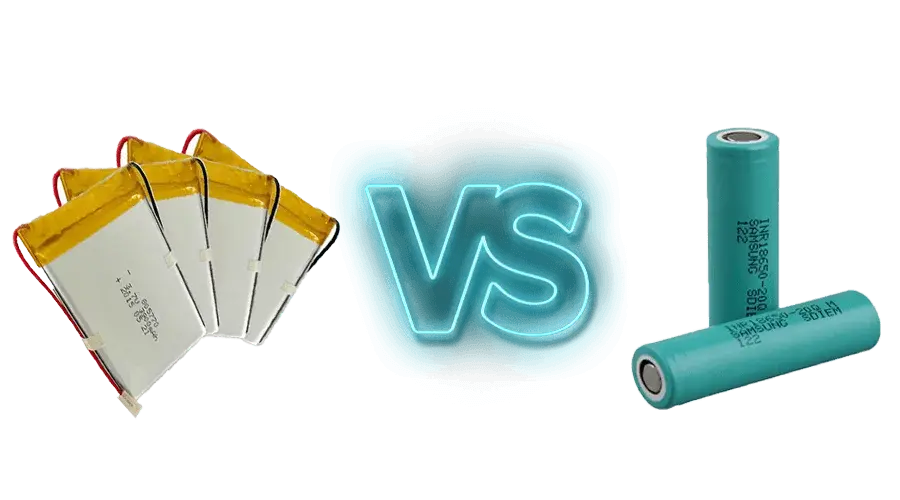Oooh very interesting insights. I'll try to print a palm rest with your advice!
mptsounds
Wow, that looks gorgeous!!
Ah that's true. I got the SLA printer's build volume and indeed it can't fit a whole half of the split kb in any way.
I think this SLA printer can print ABS. Or at least I'm told the default resin is ABS-like. Probably not as durable I'm guessing.
Nice idea! Do you mean on top of the switch plate? I'm still brainstorming the design, but it will have a removable layer on top of the plate to hide the switches' legs (I don't like that "naked" feel) & keep some dust from falling inside the kb.
Hmm what's the rationale to print the plate with FDM? Are SLA plates brittle or inflexible? (if printed with ABS)? I don't have much experience with SLA. And good point, I'll check Thingiverse for the thickness.
Thanks for the input. I'll definitely spray paint the SLA parts. Not sure if spray painted keycaps will feel more "slippery" but I'll test first with some of them.
Good point with the TPU. I'm not sure what's available, but probably Ninjaflex (so 85A?)
Thank you! I considered the coin cell idea for a while, but the battery capacity looks a bit too small. Still, it has low footprint & is so easy to find :D
Nice job! Yeah, all is sorted out... for now xD There's a chance something might come loose but at least I can access my tools back home soon-ish! Meanwhile, thinking how best to prevent this issue for my next build...
Haha legit point! I definitely need one for as long as I still have to travel with my current kb, just in case more things break. I just learned of the Pinecil the other day, and it looks like the perfect candidate for a portable mini soldering iron.
Yeah wireless charging would be really useful. It's what I have planned for my next kb build. This could allow for smaller battery capacities to be used as well, since it's easy to charge and reposition the kb halves while in use.

Good point! I've been considering to print a TPU "sock" of some kind to put on top of a FDM/SLA printed keycap to mimic a silicone (or silicone-like) keycaps, just to see what it feels like. Maybe it's better to make a mold to try other materials too!